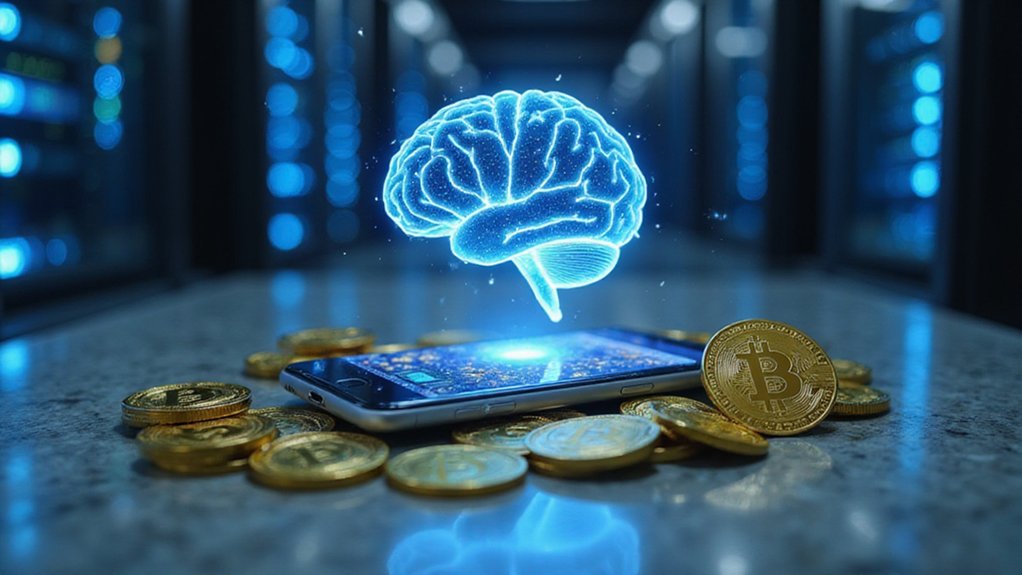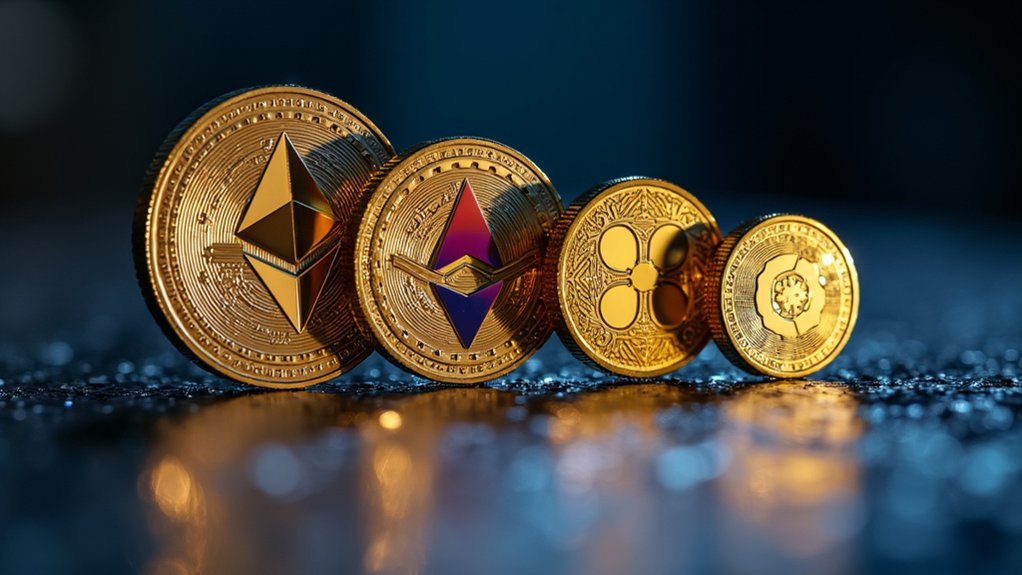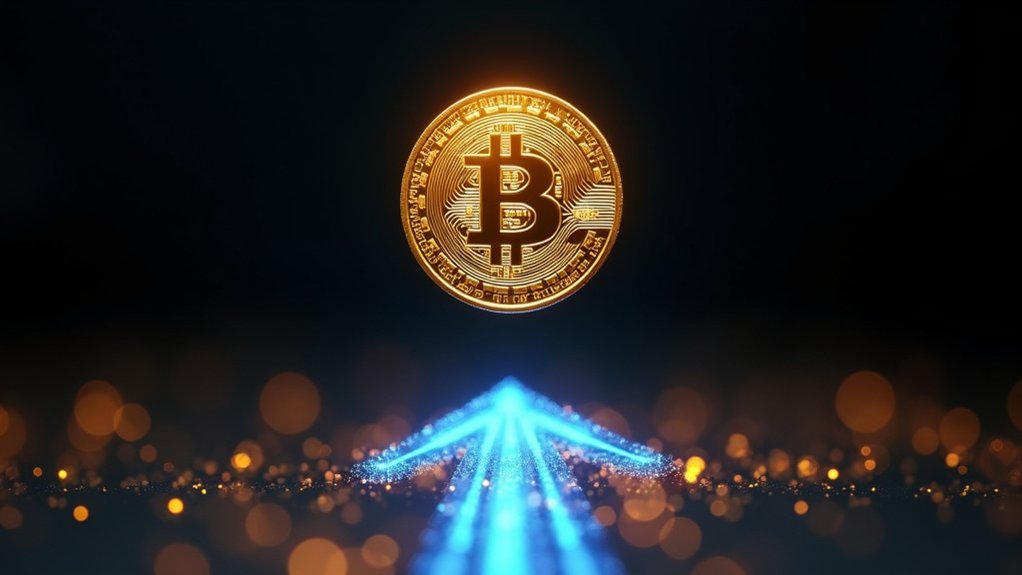OpenAI’s latest flagship model has arrived with the kind of fanfare typically reserved for product launches that actually matter—and in this case, the theatrics may be justified. GPT-5, which launched August 7-8, 2025, represents a quantum leap in artificial intelligence capabilities, achieving a remarkable 94.6% performance on AIME 2025 mathematics problems without external tools and demonstrating unprecedented coding proficiency with 74.9% success on SWE-bench Verified benchmarks.
The model’s architecture employs a sophisticated dual-mode system: a fast response mechanism for routine queries and “GPT-5 Thinking” for complex reasoning tasks. This real-time router dynamically allocates computational resources based on prompt complexity—a feature that could revolutionize how AI interacts with blockchain environments.
Output token efficiency has improved by 50-80% compared to previous models, suggesting considerable cost reductions for enterprise applications.
Market observers are closely watching AI tokens like $SUBBD, anticipating potential value surges as GPT-5’s enhanced capabilities filter through the cryptocurrency ecosystem. The model’s superior code generation abilities could accelerate decentralized application development, while its mathematical prowess may advance blockchain algorithm optimization.
When AI models achieve breakthrough performance metrics, speculative interest in AI-focused crypto projects typically intensifies—though whether this correlation indicates causation remains debatable.
GPT-5’s deployment across Microsoft Azure AI supercomputers enhances scalability prospects, potentially reducing computational barriers for smart contract automation and validation. The model’s improved reasoning capabilities extend beyond mere performance gains; they represent foundational infrastructure improvements that could benefit AI-driven financial analytics and blockchain integration projects. GPT-5 operates through a unified system that automatically selects the optimal model configuration based on user prompts, eliminating the complexity of manual model selection for developers.
Early reviewer feedback indicates considerably reduced hallucinations and faster response times—critical factors for financial applications where accuracy matters more than eloquence. The model’s ability to self-identify when deeper reasoning is required could prove invaluable for complex financial modeling and risk assessment protocols common in sophisticated trading environments. The integration of advanced AI capabilities into blockchain networks could address existing smart contract vulnerabilities that have historically posed risks to decentralized applications.
Whether AI tokens will experience sustained growth remains uncertain, as market volatility continues affecting the broader cryptocurrency landscape. However, GPT-5’s demonstrable technical superiority provides a more substantive foundation for AI token valuations than previous speculative cycles, potentially attracting institutional investors seeking exposure to artificial intelligence infrastructure plays.








